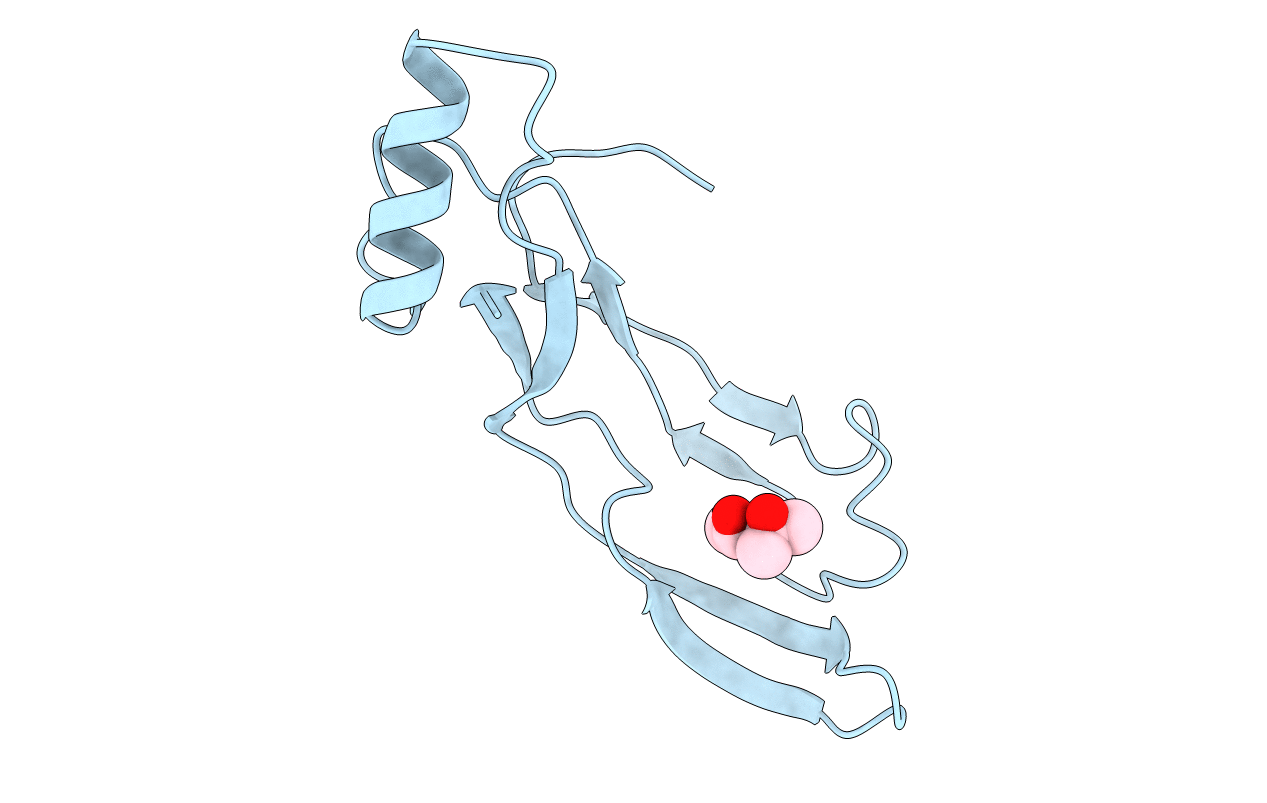
Deposition Date
1999-03-12
Release Date
2000-03-12
Last Version Date
2024-11-13
Method Details:
Experimental Method:
Resolution:
2.70 Å
R-Value Free:
0.27
R-Value Work:
0.24
Space Group:
H 3 2


